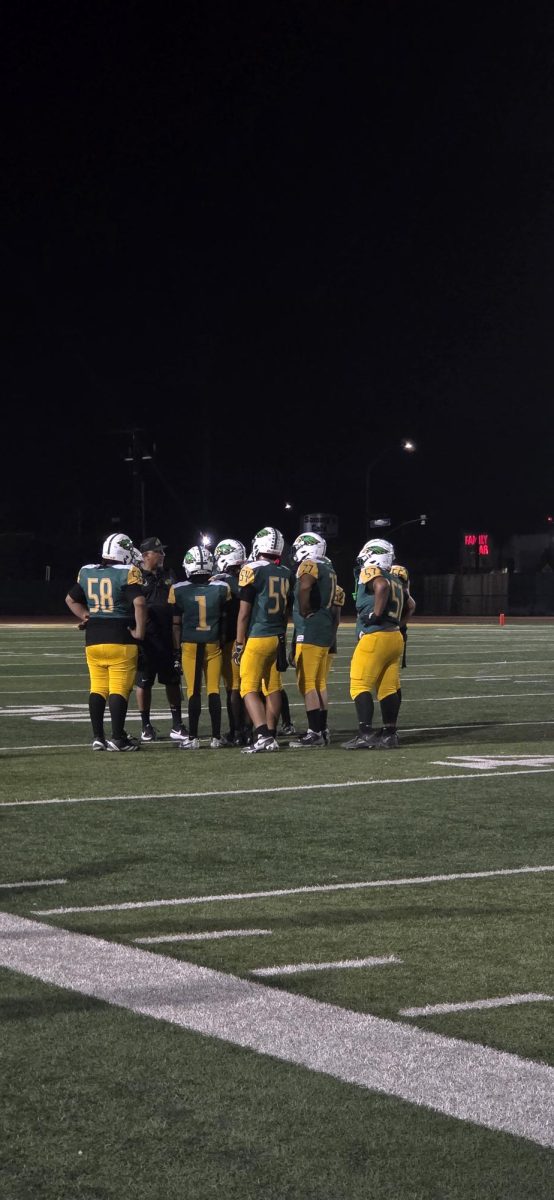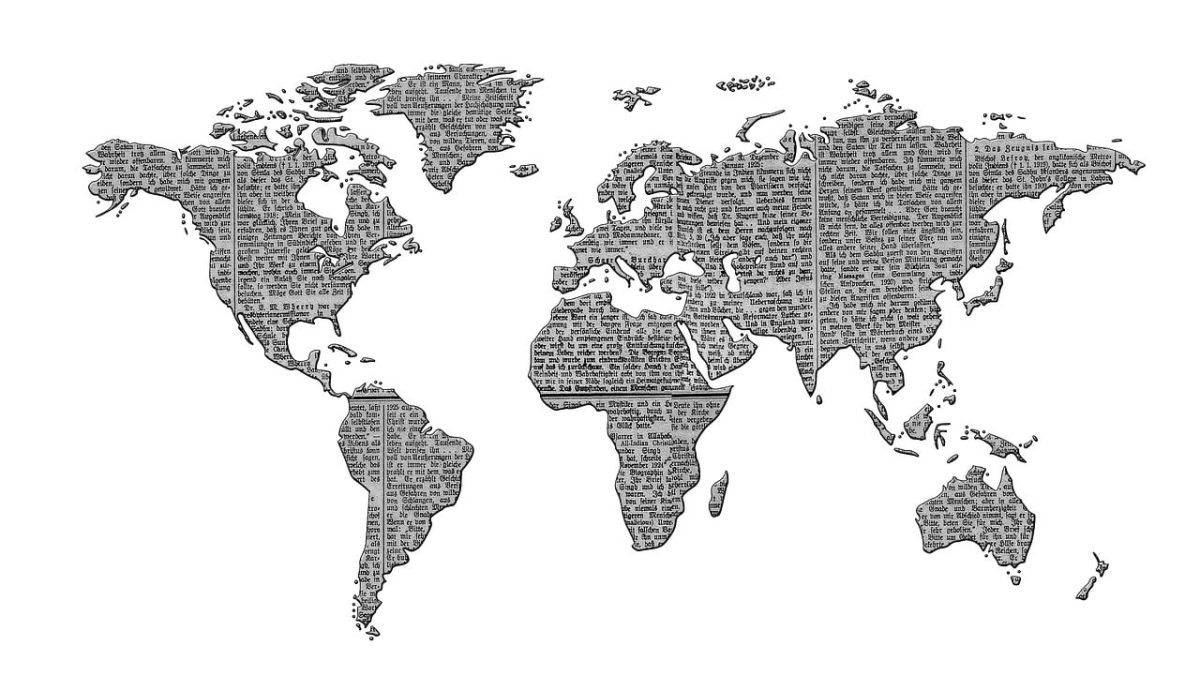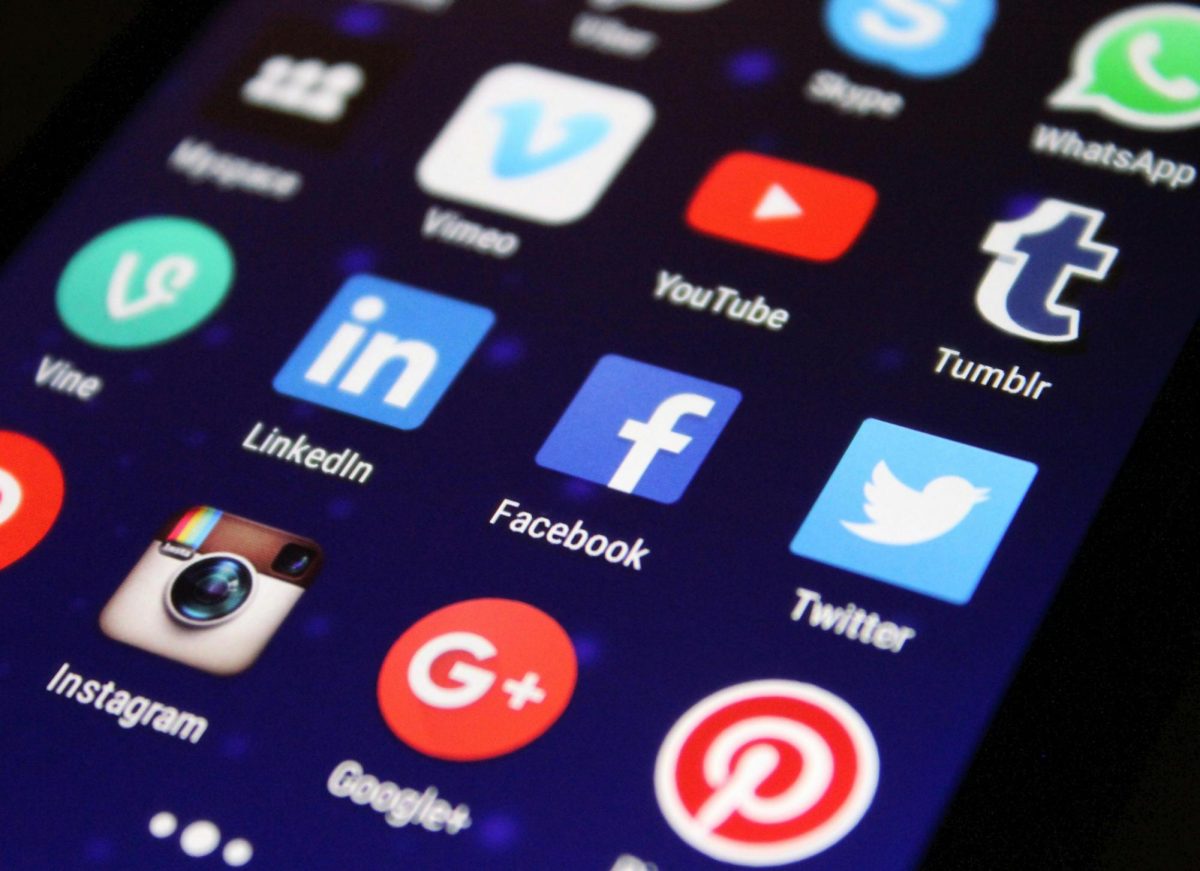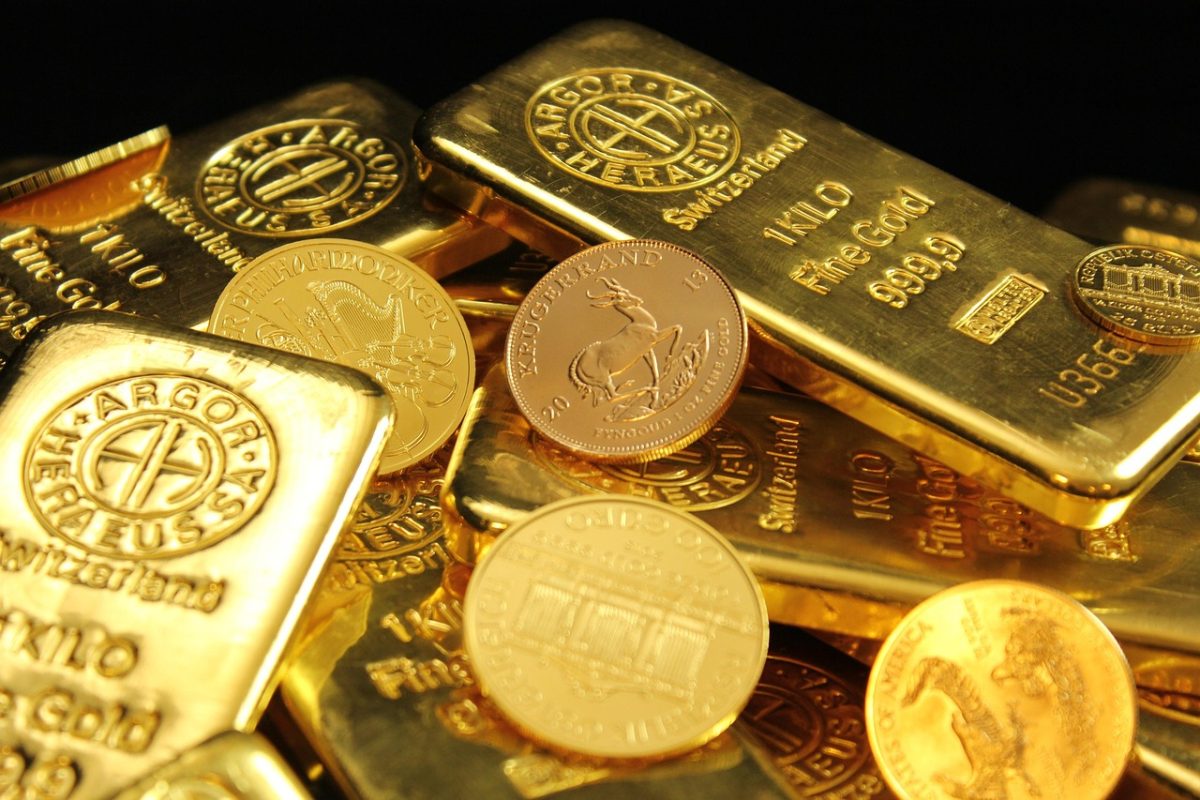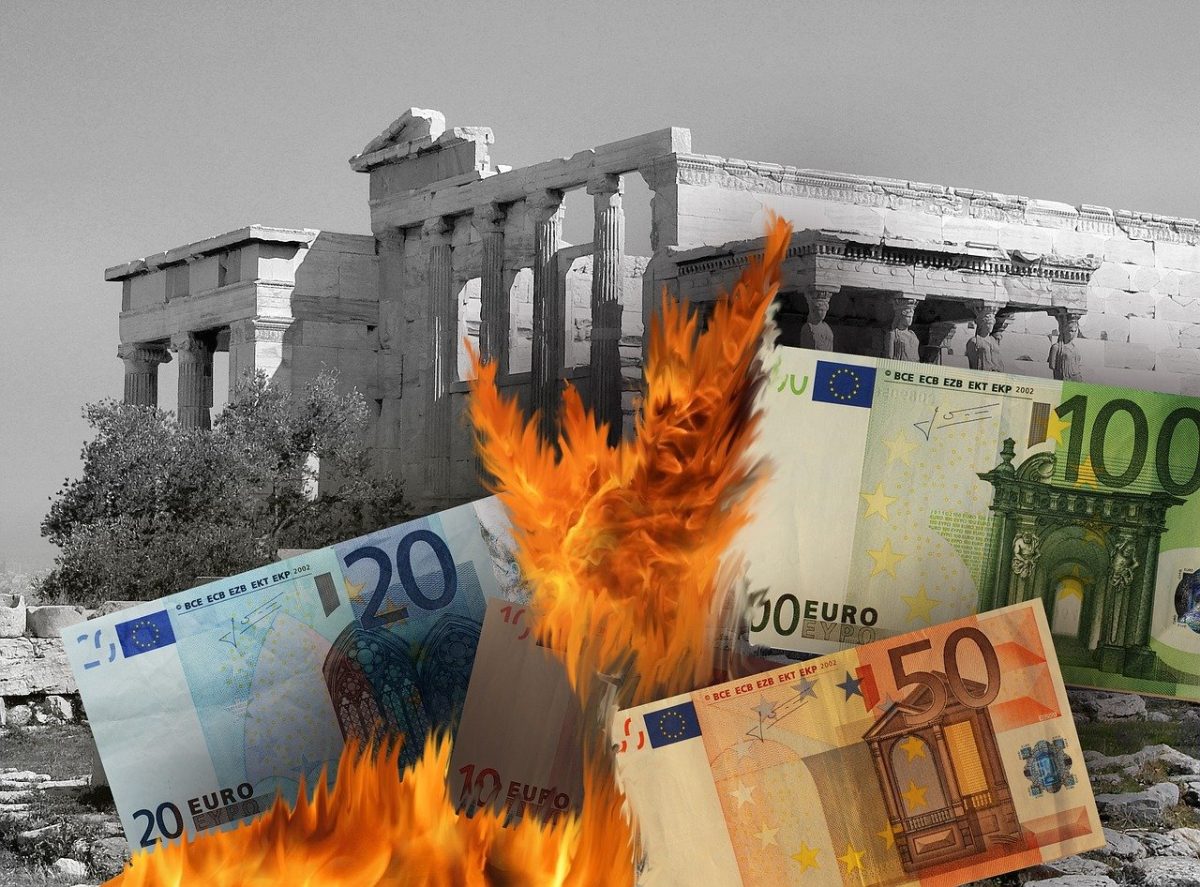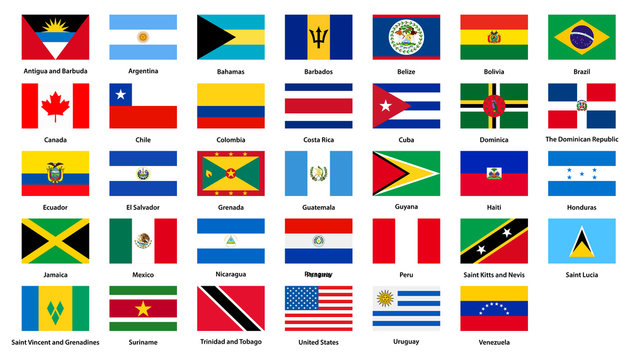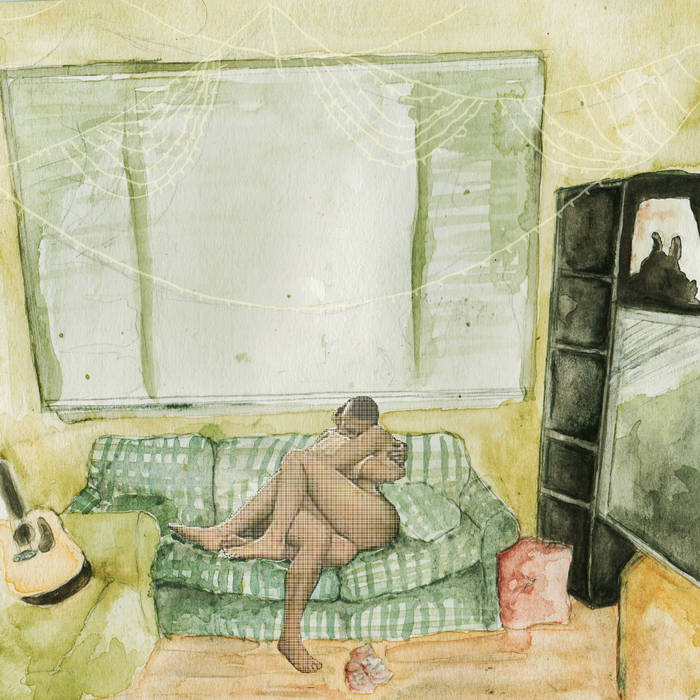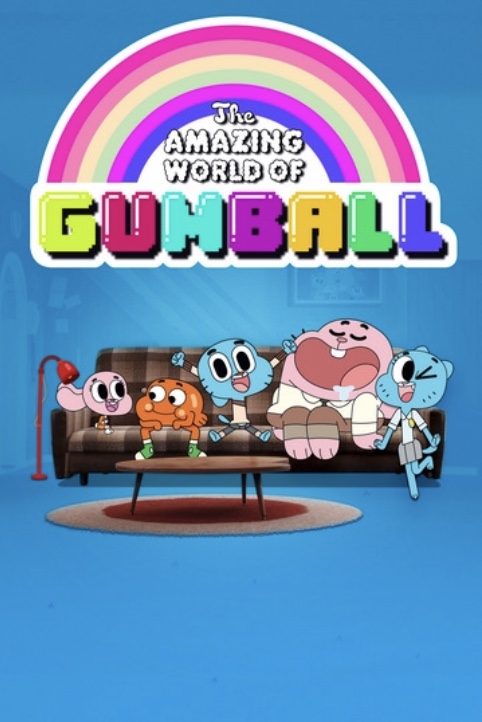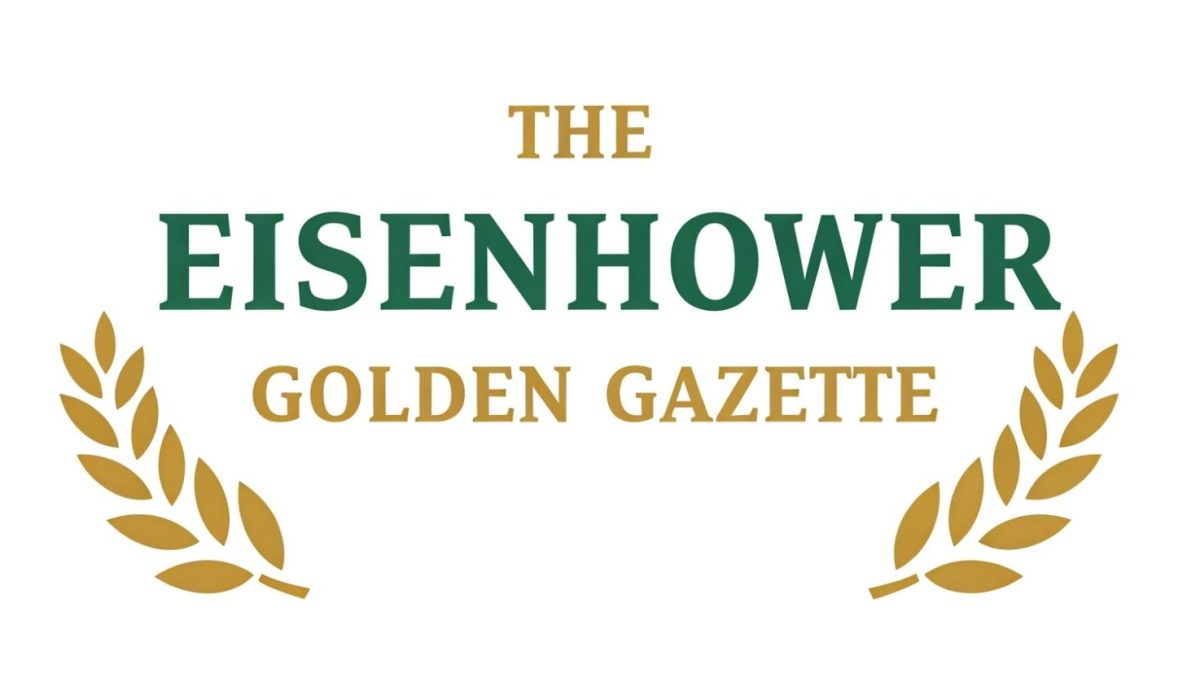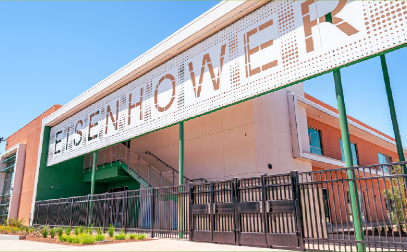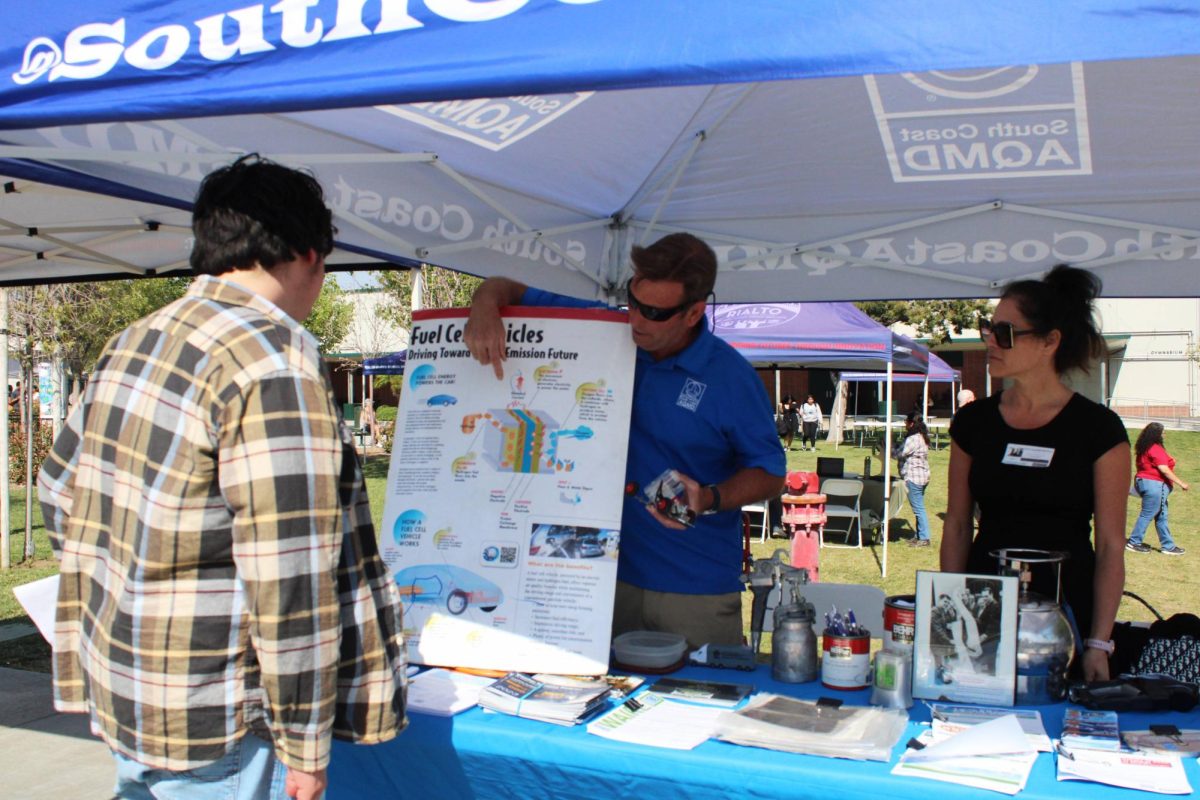If you missed last weeks part 1 on Your Money is losing Value by the Hour-How long Until it’s Worthless please check it out before reading on.
What if Money Was Worth its Weight in Gold?
Before fiat, money’s value was tied to real assets such as gold or silver. This gave people confidence that their money held real value, but it came with limitations. In part two, we’ll explore the strengths and weaknesses of both representative and commodity currency.
Representative Currency For a Few More Dollars
One of the biggest strengths representative currency has is its protection against inflation. Because its value is directly tied to a physical asset such as gold, governments cannot simply print more money without having the reserves to back it up. This helps to prevent runaway inflation and preserves purchasing power.
For example the United States under the Gold Standard (1879 -1933) anchored the dollar’s value and created stability for decades. In Germany, the Rentenmark was introduced in 1923 to combat against one of the worst cases of hyperinflation in history by tying the currency to land and industrial assets. Representative currency’s main strength historically has come from its backing by physical assets. which has gained people trust because it could be exchanged for real value. For example during the 19th and 20th century the Swiss Franc was backed by gold giving its citizens and international traders the confidence that the currency they held had actual value.
However a fault of representative currency is restricting governments abilities to respond to recessions, wars, and financial crises. During the Great Depression, the united states was tied to the gold standard , which limited the government’s ability to increase the money supply and fight deflation. It wasn’t until the U.S. got off the gold standard in 1933 that government gained the flexibility to stimulate the economy. Another drawback of representative currency is its dependence on public trust in the backing asset. If people lose trust that the government holds sufficient reserves , the currency can rapidly lose value as seen historically with financial panics.
While representative currency relies on assets for trust commodity takes it a step further by tying its value directly to the goods people use and trade
Commodity Currency A Fist Full of Dollars
An advantage of commodity currency is that it is made from materials people value such as gold, silver, and even salt. In Ancient Rome and Greece– Silver and Gold coins were widely trusted because their worth came from the metal they were from and, not because of the government who minted them. Even if the empire collapsed the coins could be melted down and still retain value. Another benefit of commodity currency was its universal acceptance across borders. The Spanish Silver Dollar or “Pieces of Eight” used throughout the 16th–19th centuries became the first global currency. Its consistent content of silver allowed it to be accepted in Europe, Asia, and the Americas.
However commodity currency has several drawbacks. One major weakness was a lack of flexibility and limited supply. During the 19th century gold rush economies, the supply of money rose or fell depending on new gold discoveries. While booms occurred when new gold was found, deflation would occur when supplies tightened. Another issue was practicality issues such as storing, transporting and protecting precious metals. Medieval trade caravans for example would risk theft, loss, and the burden of transporting large amounts of silver and gold.
Gold and silver one shaped the rise & fall of empires, but the age of empires has given way to the Digital Age an era that has paved the way for the birth of cryptocurrency.
Comeback next week for the final part in the series: The Future of Money


